Visits of Paris.
These visits must be scheduled with you.
Contact us to obtain a quote and agree on a date!
-
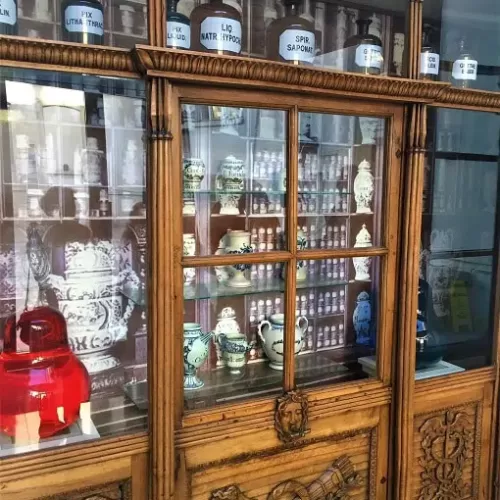
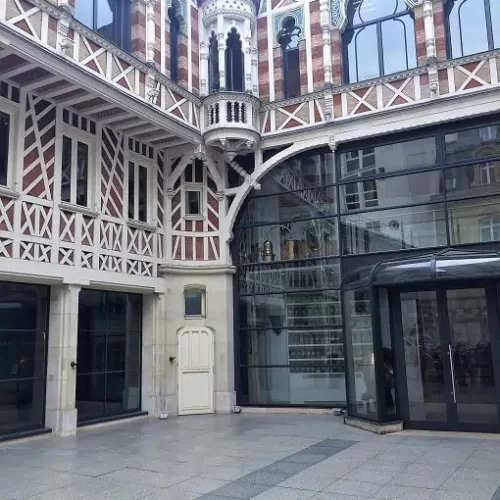 The walk will highlight the life and fate of the Menier family, who were at the head of the largest chocolate factory in the world in the end of the 19th century. Around park Monceau, they left us three beautiful mansions in an area favored by the financial elite of these days. One of them will open to allow visitors to admire a unique staircase, two unexpected courtyard, and the little known pharmacy museum.
The walk will highlight the life and fate of the Menier family, who were at the head of the largest chocolate factory in the world in the end of the 19th century. Around park Monceau, they left us three beautiful mansions in an area favored by the financial elite of these days. One of them will open to allow visitors to admire a unique staircase, two unexpected courtyard, and the little known pharmacy museum. -
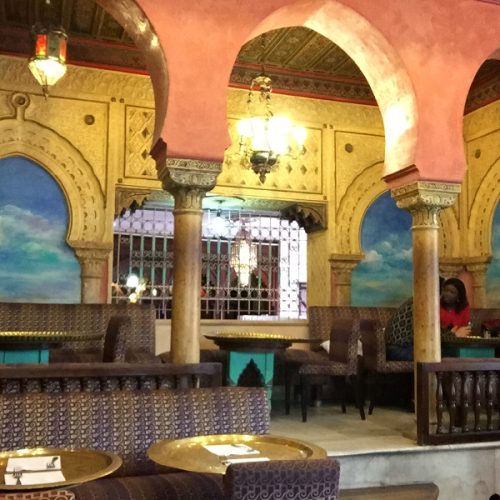
 Immigration and multi cultural Paris : From the first migrant workers who came as a result of the Industrial Revolution in the 1840’s to massive immigration in the 1960’s, explore different faces of Paris through various districts in the North and East of the city, a colourful market and a mint tea at the superb Paris Great Mosque where today's situation as well as related topics and overall immigration questions will be debated.
Immigration and multi cultural Paris : From the first migrant workers who came as a result of the Industrial Revolution in the 1840’s to massive immigration in the 1960’s, explore different faces of Paris through various districts in the North and East of the city, a colourful market and a mint tea at the superb Paris Great Mosque where today's situation as well as related topics and overall immigration questions will be debated. -
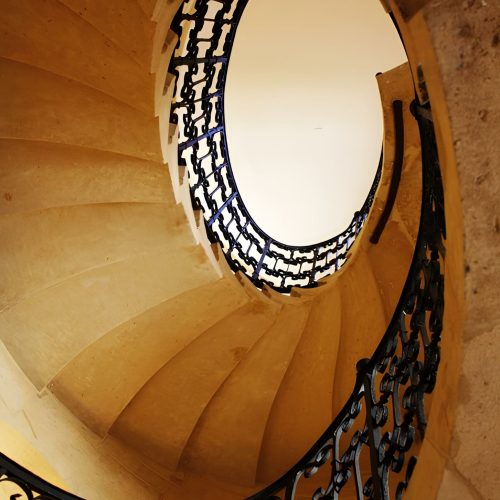
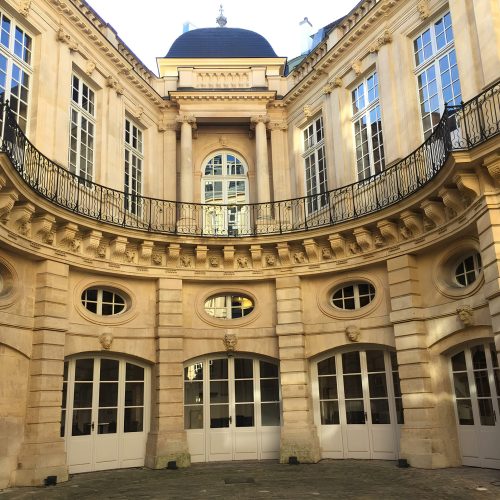 The administrative court of appeal of Paris, located in the hotel de Beauvais, is rarely open to the public. On very special occasion, the court has no session, this is why some reserved areas will be exceptionally open! On the day of the visit, on top of the overall history of the building, we'll be able to admire the magnificent courtyard, the grand staircase, the main court room and special waiting room as well as the rare medieval cellars.
The administrative court of appeal of Paris, located in the hotel de Beauvais, is rarely open to the public. On very special occasion, the court has no session, this is why some reserved areas will be exceptionally open! On the day of the visit, on top of the overall history of the building, we'll be able to admire the magnificent courtyard, the grand staircase, the main court room and special waiting room as well as the rare medieval cellars. -
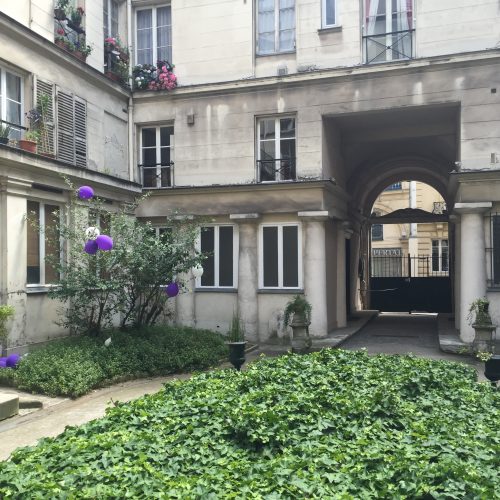
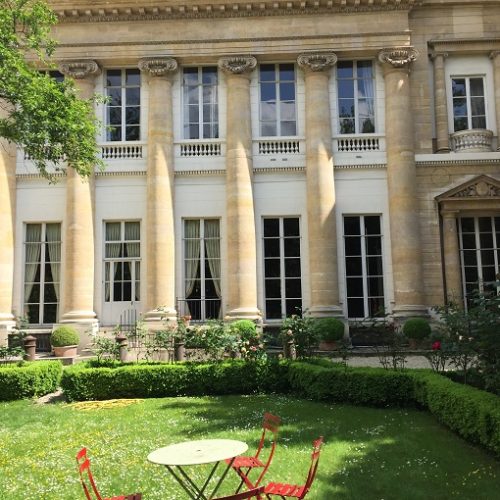
The walk will show mansions and places once occupied by Napoleon's most famous generals or ministers. If most of them are hidden behind closed doors today, a few will allow us to go and feel the quiet atmosphere and luxury with lavish decor and beautiful trimmed inner parks. One of the most unusual shop in the world will also be one of the tour's highlights.
-

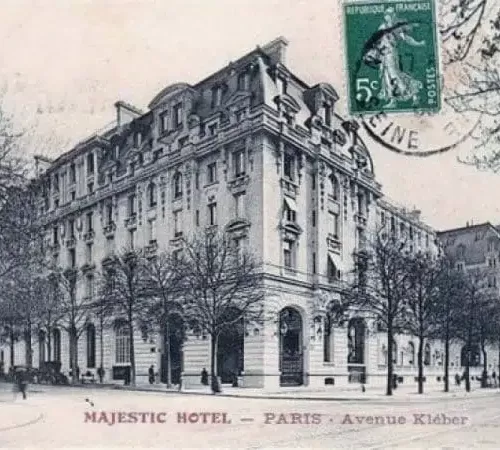 This route through the 16th arrondissement aims to explore the places and history linked to the German Occupation through the formidable security and police services as well as their French auxiliaries. The tour will also reveal the roles of several characters, French or German, notoriously known for their activities during these events.
This route through the 16th arrondissement aims to explore the places and history linked to the German Occupation through the formidable security and police services as well as their French auxiliaries. The tour will also reveal the roles of several characters, French or German, notoriously known for their activities during these events. -

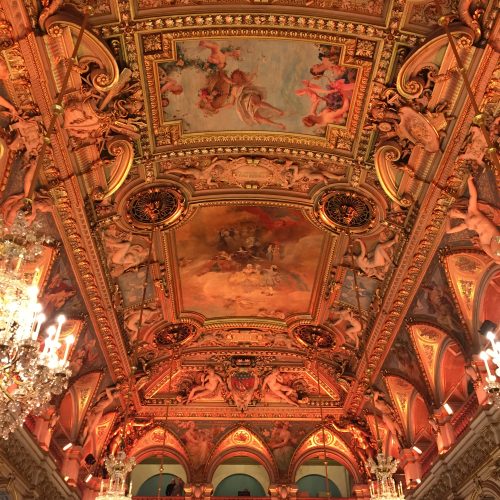
The tour will detail the historical and political roles of this capital city landmark since the 16th century. After meeting on the large main square outside the building, the impressive facade will be detailed and its history recalled.
Upon entering, we'll discover all the fantastically decorated reception rooms, including the function room, created as a replica of the Hall of Mirrors at Versailles, as well as the impressive stairs of honor.
-
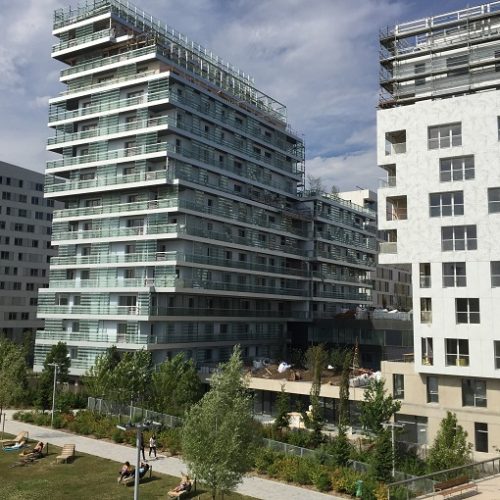
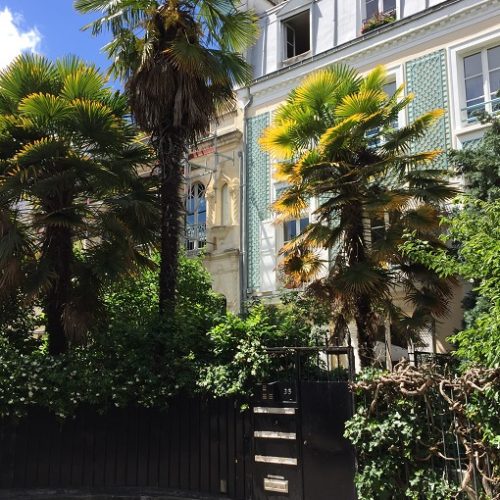 Stroll the 17th arrondissement of Paris and discover the unsung Batignolles quarter, with its flowery and discreet streets and designer shops. Beyond the traditional park lies the recently built eco-neighborhood around the Park Martin Luther King, as well as the brand new courthouse designed by the architect of the famous Centre Pompidou museum, Renzo Piano.
Stroll the 17th arrondissement of Paris and discover the unsung Batignolles quarter, with its flowery and discreet streets and designer shops. Beyond the traditional park lies the recently built eco-neighborhood around the Park Martin Luther King, as well as the brand new courthouse designed by the architect of the famous Centre Pompidou museum, Renzo Piano. -

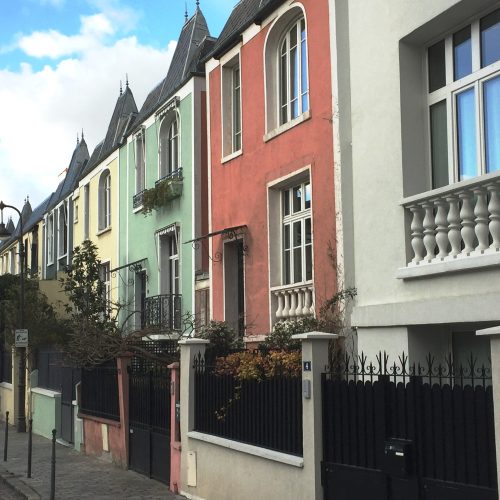 An unforgettable experience is guaranteed as you wander through la Butte aux Cailles, anti-establishment Parisian party district, with it’s restaurants and detached houses that provide an unrivaled Left Bank atmosphere. One of Paris's favorite playgrounds for street artists, the area also boasts of hidden gems and many other peculiarities.
An unforgettable experience is guaranteed as you wander through la Butte aux Cailles, anti-establishment Parisian party district, with it’s restaurants and detached houses that provide an unrivaled Left Bank atmosphere. One of Paris's favorite playgrounds for street artists, the area also boasts of hidden gems and many other peculiarities. -
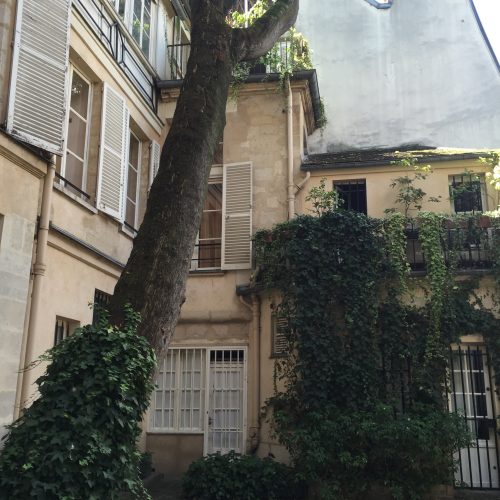
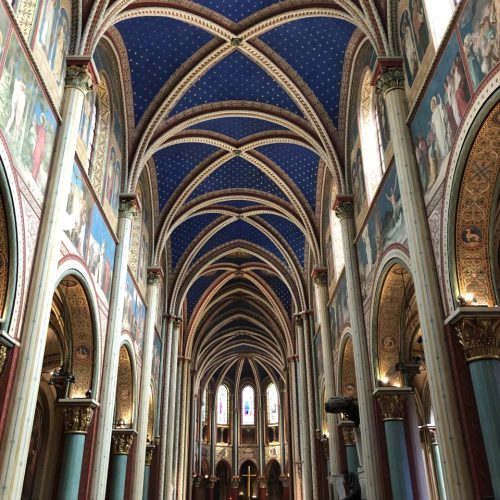 The name of this neighborhood comes from the ancient abbey of Saint Germain, one of the richest and most prestigious in Europe. Only the church remains today, and it is the most ancient in Paris with its oldest part dating from the 11th century. This area was also the meeting place of the intelligentsia and international artists before World War II, as well as for postwar philosophers. It is celebrated as the birthplace of jazz in Paris, and is famous for it nightly revelry and crazy parties. This walk will explore all of these fascinating aspects, as well as the superb Luxembourg Palace and Gardens. You will see why Saint Germain guards the literary soul of the left bank and boasts ‘chic Paris’, typical of the 6th arrondissement.
The name of this neighborhood comes from the ancient abbey of Saint Germain, one of the richest and most prestigious in Europe. Only the church remains today, and it is the most ancient in Paris with its oldest part dating from the 11th century. This area was also the meeting place of the intelligentsia and international artists before World War II, as well as for postwar philosophers. It is celebrated as the birthplace of jazz in Paris, and is famous for it nightly revelry and crazy parties. This walk will explore all of these fascinating aspects, as well as the superb Luxembourg Palace and Gardens. You will see why Saint Germain guards the literary soul of the left bank and boasts ‘chic Paris’, typical of the 6th arrondissement. -
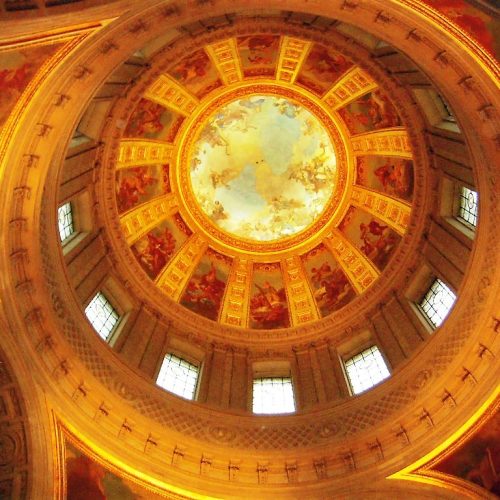
 In 1670, there was nowhere to house disabled or destitute soldiers who fought for France. Louis the XIVth, sensitive to the plight of soldiers who served during his many campaigns, decided to build the Hotel Royal des Invalides. Now assigned to the Ministry of Defence but also housing many organizations from other departments, the Invalides still retains its first hospital-hospice function for the severely disabled veterans of war. Aside the visit of the museum of war and its many secrets, we will go over the political design of the king behind the institution and its influence in the urban landscape in Paris.
In 1670, there was nowhere to house disabled or destitute soldiers who fought for France. Louis the XIVth, sensitive to the plight of soldiers who served during his many campaigns, decided to build the Hotel Royal des Invalides. Now assigned to the Ministry of Defence but also housing many organizations from other departments, the Invalides still retains its first hospital-hospice function for the severely disabled veterans of war. Aside the visit of the museum of war and its many secrets, we will go over the political design of the king behind the institution and its influence in the urban landscape in Paris. -
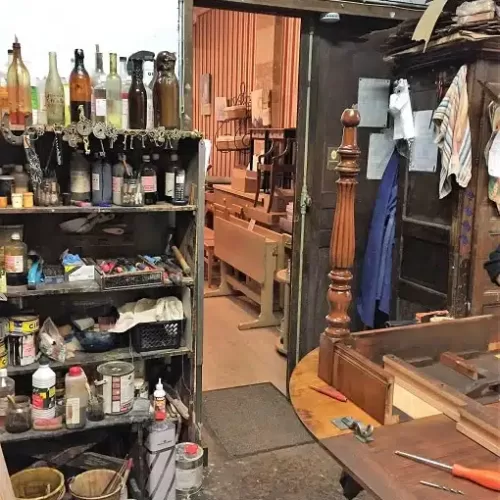
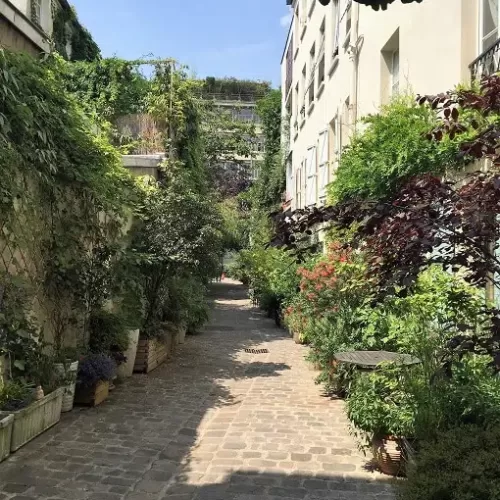 The Faubourg Saint Antoine has gradually developed around the Royal Abbey of Saint Antoine des Champs, but the bulk of its activities developed when the wood craftsmen settled in this neighborhood. In the early 18th century, over 500 carpenters’ and cabinet makers’ shops thrived in the area thanks to royal commissions and the activity of the abbey. These traditions still exist; although manufacturers are increasingly rare to find, replaced by promoters' lofts or convenient stores. A meeting is organized with one of the last woodcrafters in his hidden workshop!
The Faubourg Saint Antoine has gradually developed around the Royal Abbey of Saint Antoine des Champs, but the bulk of its activities developed when the wood craftsmen settled in this neighborhood. In the early 18th century, over 500 carpenters’ and cabinet makers’ shops thrived in the area thanks to royal commissions and the activity of the abbey. These traditions still exist; although manufacturers are increasingly rare to find, replaced by promoters' lofts or convenient stores. A meeting is organized with one of the last woodcrafters in his hidden workshop! -
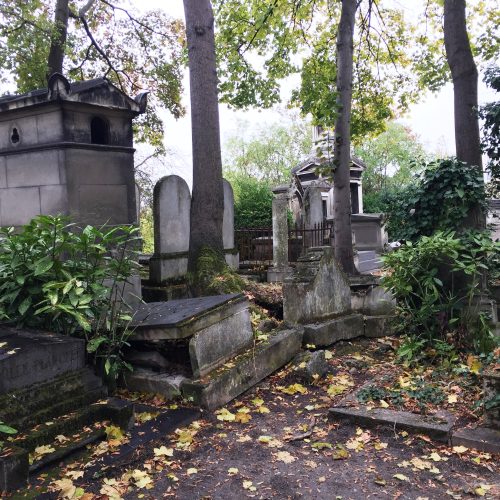
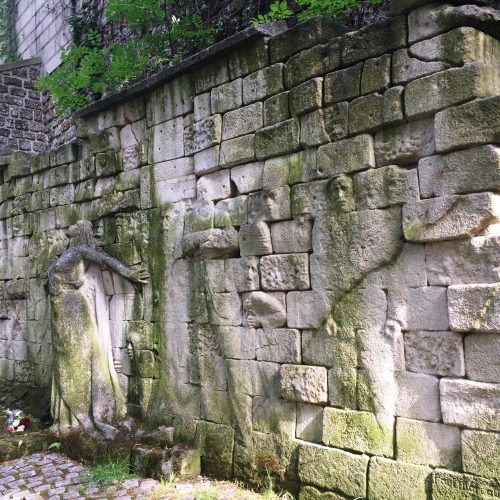 Père Lachaise cemetery is the most prestigious and visited in Paris. Located in the 20th arrondissement, it extends over 44 acres of outstanding scenery and contains about 70,000 graves. In the largest green space in Paris are the graves of many celebrities: Balzac, Chopin, Colette, Champollion, Molière, Yves Montand and Simone Signoret, Jim Morrison, Alfred de Musset, Edith Piaf, Pissarro, Oscar Wilde, Modigliani and many others. The cemetery is also well known because the Commune of Paris, a socialist Revolution ended right there in 1871 in horrid fightings.
Père Lachaise cemetery is the most prestigious and visited in Paris. Located in the 20th arrondissement, it extends over 44 acres of outstanding scenery and contains about 70,000 graves. In the largest green space in Paris are the graves of many celebrities: Balzac, Chopin, Colette, Champollion, Molière, Yves Montand and Simone Signoret, Jim Morrison, Alfred de Musset, Edith Piaf, Pissarro, Oscar Wilde, Modigliani and many others. The cemetery is also well known because the Commune of Paris, a socialist Revolution ended right there in 1871 in horrid fightings.
